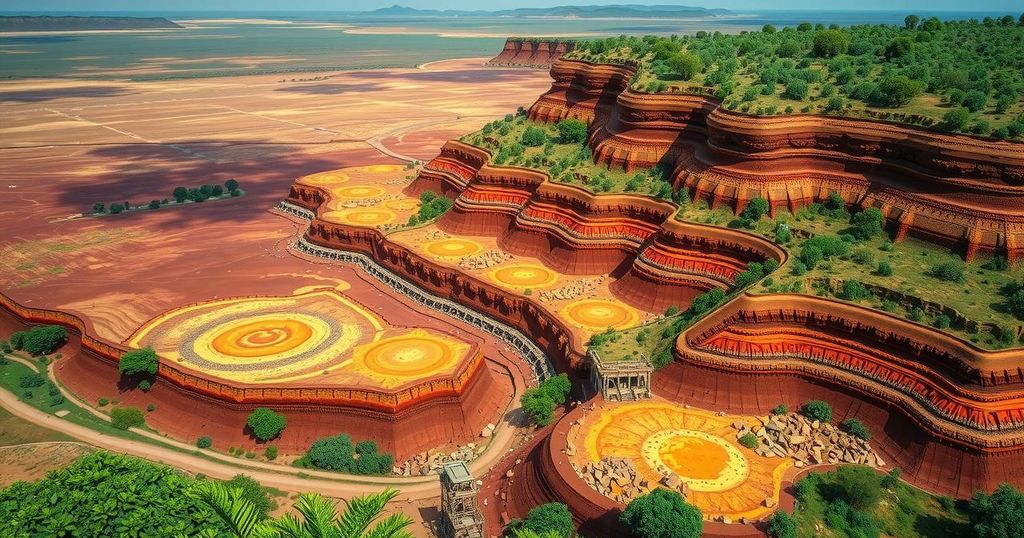President Donald Trump seeks opportunities in the DRC for rare earth minerals amid stalled talks with Ukraine. The ongoing conflict, marked by the resurgence of the M23 rebel group, complicates the situation. The DRC’s abundant mineral resources are vital for technology and electric vehicles, however, the country’s struggles with governance and foreign influences, particularly from Rwanda and China, pose significant challenges.
United States President Donald Trump is currently exploring the Democratic Republic of the Congo (DRC) as a potential source for rare earth minerals, following stalled negotiations with Ukraine. The DRC, embroiled in conflict primarily instigated by the M23 rebel group, has emerged as a focal point due to its abundant mineral resources vital for electric vehicle production and other technological applications.
The M23 group, which has been active for over a decade, has intensified its operations this year, capturing strategic locations such as Goma and Bukavu. Yinka Adegoke, Africa editor for Semafor, stated, “There is an economic reason why they’re in this region. This is a region that is very rich in many of the world’s rare earths and very valuable minerals.”
The DRC is rich in essential minerals, including cobalt and coltan, with the latter being integral to the production of smartphones. Industry experts emphasize the importance of establishing a beneficial arrangement, with Adegoke noting, “The US are quite clear that they want a more transactional relationship.”
Moreover, the U.S. faces competition from China, which currently dominates cobalt extraction in the DRC. According to Adegoke, “China is the dominant player in extracting these minerals in Congo,” having invested significantly in the region for decades. For the U.S., securing a peace deal may facilitate access to these critical resources.
Allegations persist regarding Rwanda’s support of the M23 group, despite the Rwandan government’s denial. Stephanie Wolters from the South African Institute of International Affairs remarked, “M23’s military capability really is Rwanda’s military capability,” highlighting the complexities surrounding the conflict.
The DRC’s conflict has resulted in significant loss of life, with over 8,000 fatalities reported and increasing numbers of refugees fleeing to neighboring nations. The Congolese army faces criticism for its shortcomings in combat readiness, struggling with corruption and inadequate training for its soldiers.
The UN’s MONUSCO mission has involved multiple international peacekeeping efforts in the DRC, however, recent announcements regarding the withdrawal of certain troops from South Africa have raised concerns about the M23’s advancing territory. The situation underscores the persistent cycle where the Congo’s mineral wealth, instead of being a blessing, becomes embroiled in conflict.
The exploration of the DRC’s rare earth minerals by the United States underscores the complex interplay between resource dependence and armed conflict. As the M23 rebels assert control over critical mineral-rich regions, the associated challenges of government oversight, foreign interference, and international competition—particularly from China—highlight the geopolitical stakes at play. Understanding these dynamics is essential to grasping the future implications for both the DRC and global mineral markets.
Original Source: www.abc.net.au




